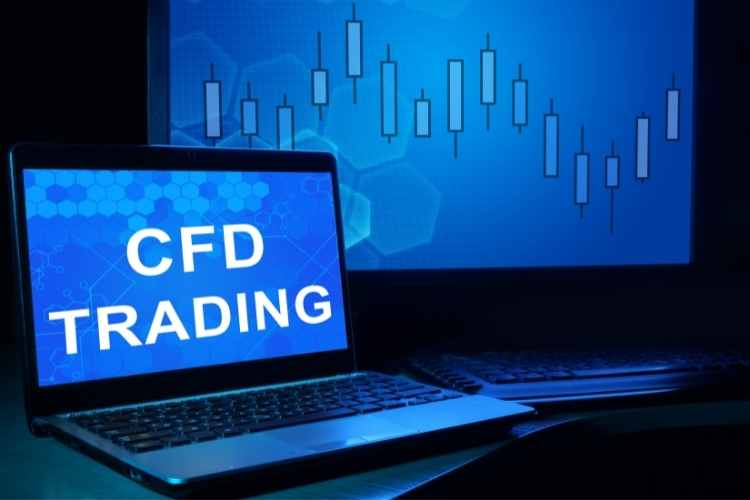Risk is inherent in all forms of trading, and CFD traders are no exception. Before engaging in CFDs, it is crucial to understand the risks involved and how they can impact your trading results. This article will discuss some of the critical risks associated with CFD trading. Remember that risk management is essential for successful trading, so protect yourself before entering any CFD trades.
Not understanding what a CFD is
A contract for difference (CFD) is an agreement between two parties to exchange the difference in the value of a financial product between when the contract is opened and when it is closed.
Not knowing how leverage works
Leverage allows traders to gain exposure to larger markets than they could access with their capital alone. This exposure can magnify both profits and losses.
Taking on too much leverage
It is important to use leverage responsibly to avoid excessive losses. Traders should only use as much leverage as they are comfortable with and should never risk more than they are willing to lose.
Not managing your risk properly
Traders should always plan to limit their losses if the market moves against them.
Risk management is essential to successful CFD trading. Without proper risk management, losing all of your capital is straightforward.
Traders should always plan to limit their losses if the market moves against them. A stop-loss is an order closing a trade at a predetermined price to limit losses. Not using stop-losses is a recipe for disaster as it can allow losses to spiral out of control.
If you want more information on risk management, check it out here.
Not having a clear trading strategy
A trading strategy is essential for any trader looking to profit from the markets. Without a plan, it is easy to make emotional decisions that can lead to losses.
Over-trading
It is essential only to trade when there is a clear opportunity and not to force trades just for its sake. Over-trading can lead to excessive losses and can be very costly.
Not using stop-losses
A stop-loss is an order closing a trade at a predetermined price to limit losses. Not using stop-losses is a recipe for disaster as it can allow losses to spiral out of control.
Letting emotions influence your trading
It is vital to remain calm and rational when trading. Emotional decisions are often the cause of bad trades that result in losses.
FOMO (fear of missing out)
It can be tempting to enter a trade just because everyone else is, but this is often a recipe for disaster. Make sure you have done your research before entering any trade.
Not diversifying your portfolio
Diversification is key to successful trading. By spreading your capital across different markets and asset classes, you can limit your exposure to any particular market.
Not having a plan for exits
Having a plan for your entry and exit from trade is essential – especially the exit part. An exit strategy should be established before you open any trade.
Chasing losses
One of the most common mistakes traders makes chasing their losses, and this mistake often leads to more losses as they try to “catch up” to the market.
Not taking profits when they are available
It is important to take profits when they are available. Many traders hold on to losing positions, hoping they will return, but this rarely happens.
Being too greedy
Greed can lead to recklessness and can often result in heavy losses. It is important to remember that trading is a marathon, not a sprint, and that patience is often rewarded.
To summarise
CFD trading can be a great way to make money, but it is essential to be aware of the risks and have sound strategies in place. By following the tips above, you can minimise your risk and give yourself the best chance of success.

